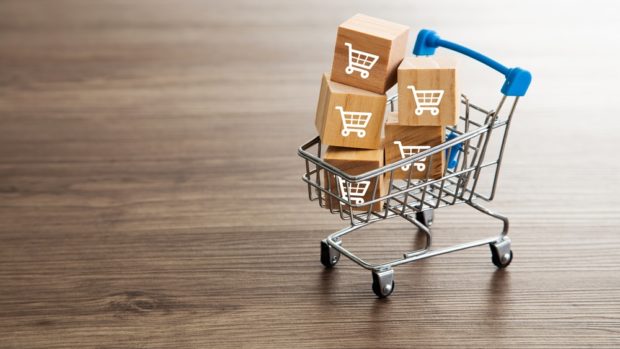
As we speed towards Christmas, we are seeing some interesting trends emerging for direct/eCommerce brands and retailers. Not least, the emergence of good-friction bad-friction consumer preferences as a key driver of customer experience and cart abandonment.
According to the 4,500 consumers we asked in our recent ‘Future of the Checkout’ report, 44 per cent say they will not return to a site if it has a poor checkout experience, and the average customer abandons their online shopping cart six times a week due to this very issue – poor experience. In this golden quarter period, money is going elsewhere to competitors that match up to consumers ‘experience’ expectations and patience levels.
Perhaps surprisingly one of the main findings was the desire amongst shoppers for retailers to slow things down. 55 per cent of people in the UK say they prefer a ‘slower online purchasing journey’ – flying in the face of common wisdom that shoppers are always demanding instant gratification.
The reality is that this is very much dictated by what people are buying. For low-value often repeat purchase items, speed is crucial and people want a frictionless experience and transaction. However, when it comes to buying high-value items, there is a push against a fast, one-click experience. Instead, people are looking for a slower online experience with over three-quarters of respondents (78 per cent) saying they want longer to mirror how they would shop when visiting a physical store.
Many brands and retailers have done well here – offering virtual trials of products, AI-driven personalisation, and even one-to-one appointments. The physical act of browsing a catalogue, for example, also builds in good friction and is one that people can control. The key is to get the balance of friction right – slowing things down so that people can take their time and enjoy the experience of shopping online, but ensuring the right checks are in place to boost trust, reduce risk and costs.
Another crucial factor in the importance of slowing things down to increase sales is the need to build trust. 60 per cent of consumers say that they don’t trust a website if they are rushed to payment.
With fraud on the rise, and with consumers spending increasing amounts of money online, and on gifting, a rush to the checkout is actually leading to lost sales in some scenarios.
Rather than just wanting retailers to offer speed and convenience, consumers increasingly want to trust who they’re buying from. Failing to build that trust is leading to retailers losing millions of pounds per year in lost custom, as shoppers want to see that retailers have taken active steps to prevent fraud and protect their personal details.
Businesses need to introduce ‘positive friction’ into the sales journey – bringing in the right kind of verification and fraud prevention checks, at the right time, to actually build confidence and trust to aid the customer experience rather than hinder.
When it comes to investing in customer experience, slowing things down and building trust could be the real differentiator – the thing that sets you apart from your competitors. But remember, when the shopper is ready to checkout and pay it shouldn’t be made hard for them. 28 per cent of all respondents in our survey say that their main reason for abandoning a purchase was that it took too long to enter their details.
Entering incorrect details is also a big factor in late and failed deliveries. Here, an autocomplete address capture is a real simple win for retailers to both reduce cart abandonment and also cut the cost of missing and failed deliveries. Over a third of respondents (36 per cent) also say that creating an account was their top reason for cart abandonment. Again, something as simple as offering guest checkout could easily remedy this issue.
Online shopping is certainly here to stay – 72 per cent of consumers have a greater reliance on online shopping compared to before the pandemic – so retailers need to make sure that they are providing the best customer experience at each and every stage of the customer journey. No one wants to be abandoned at Christmas.
by Matthew Furneaux, Global Commercial Director, Location Intelligence, GBG








Share